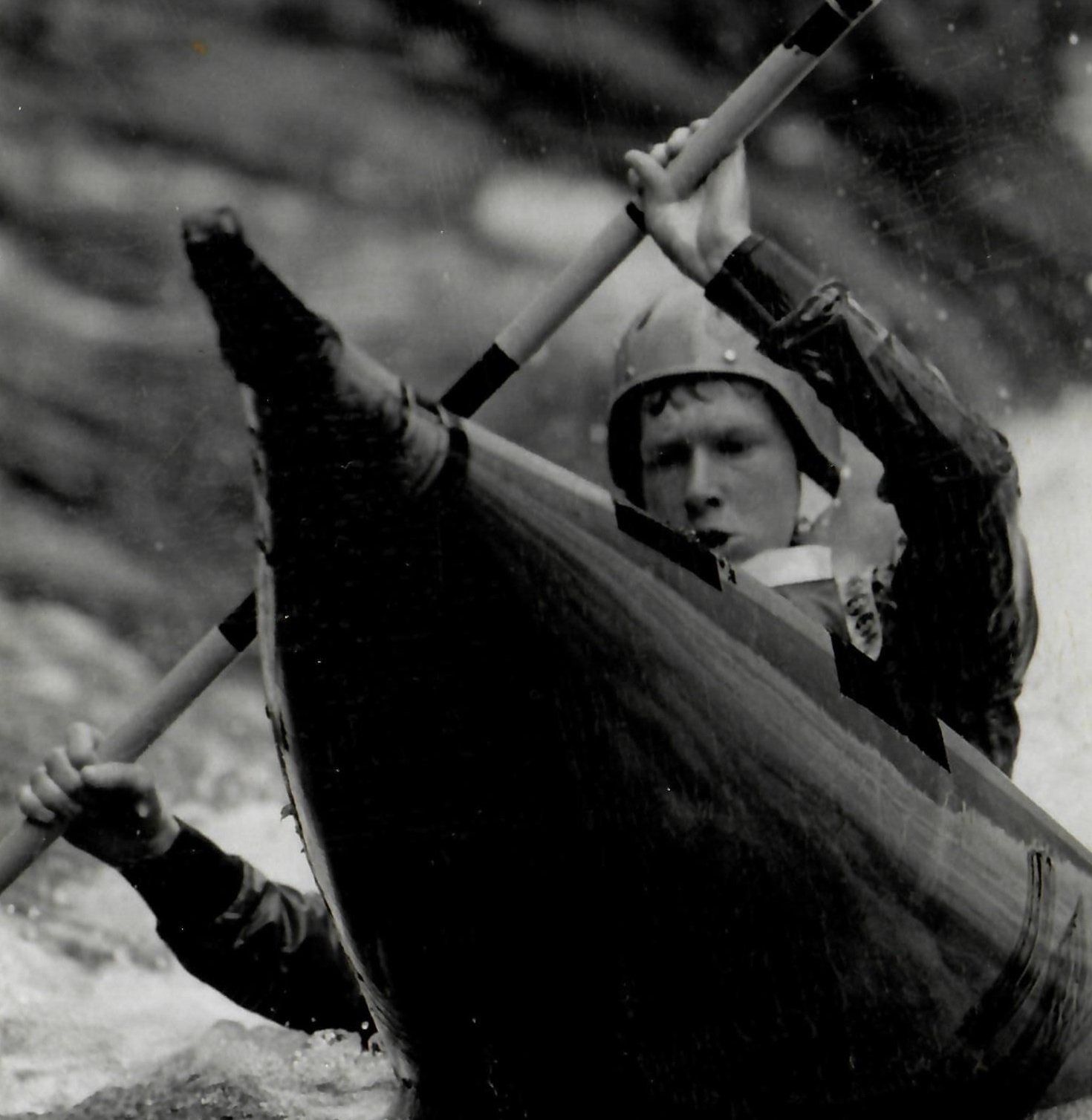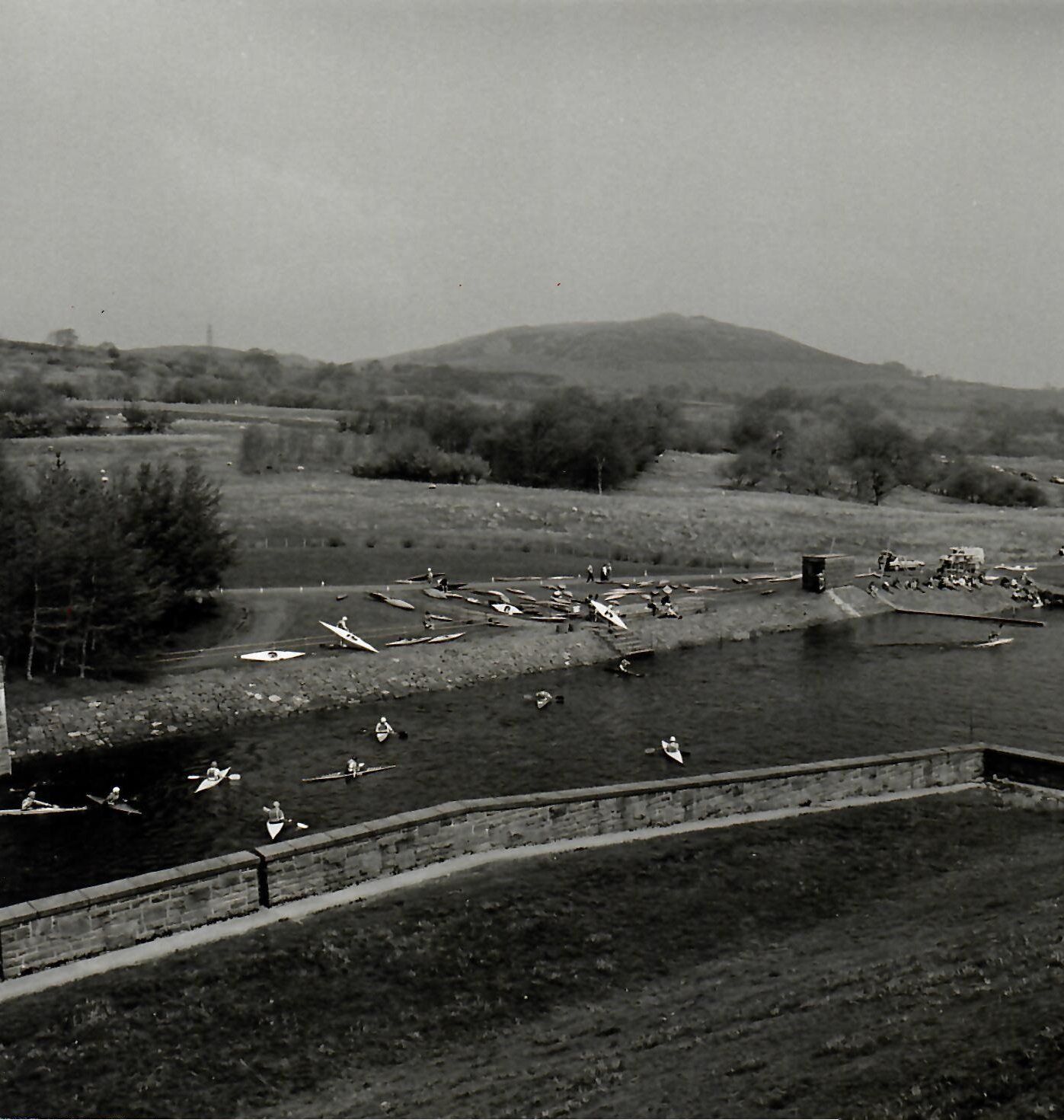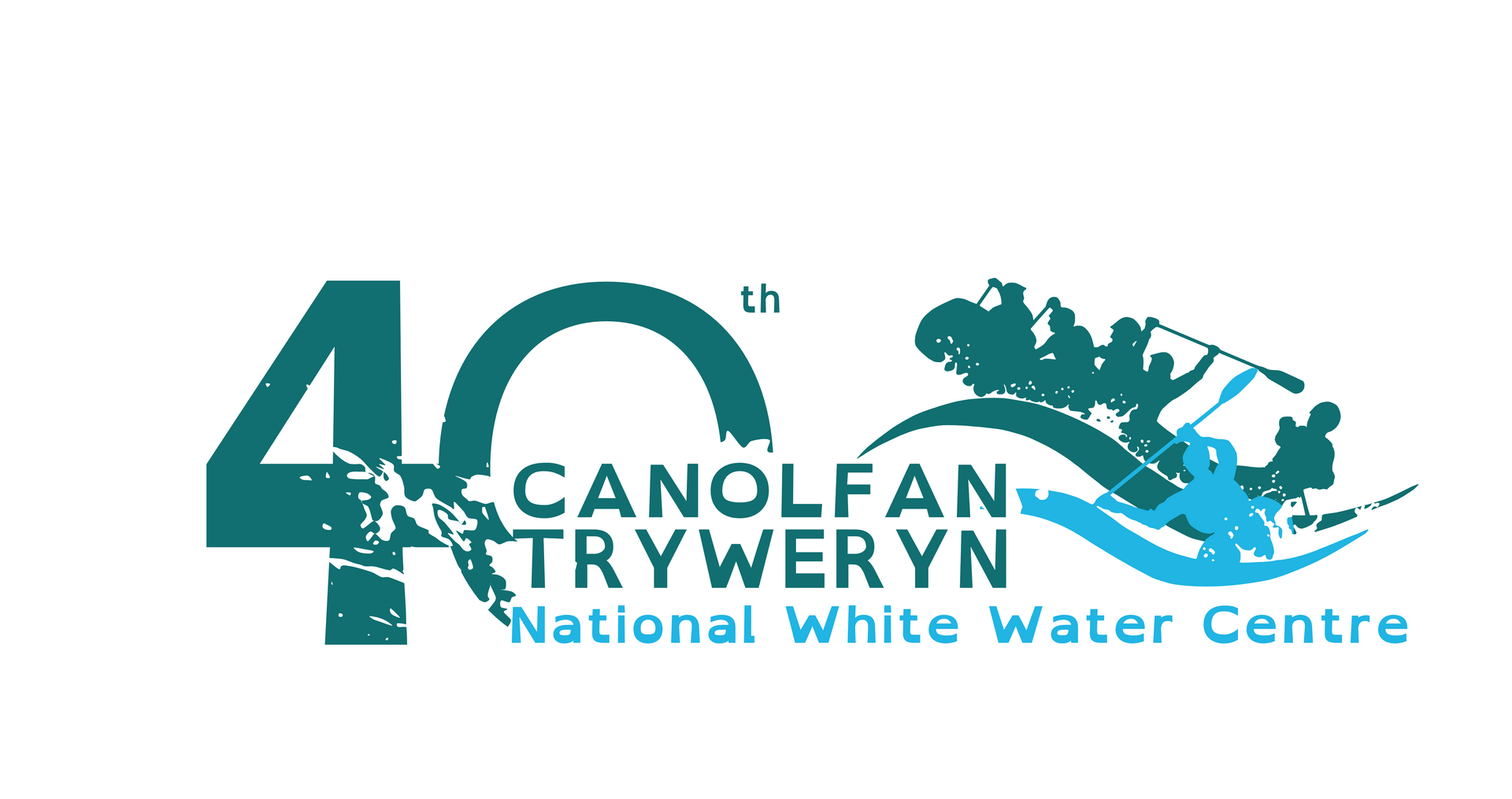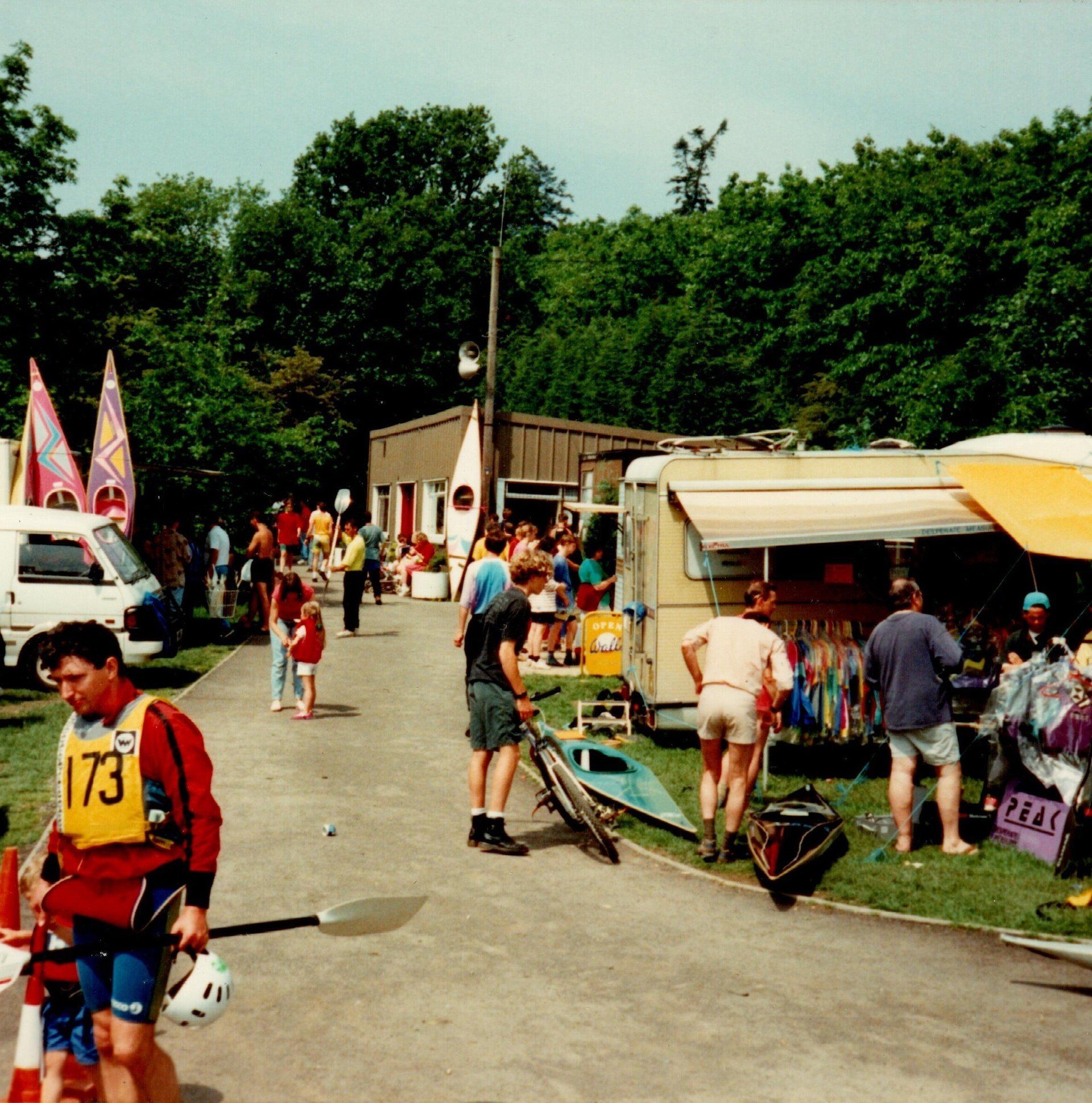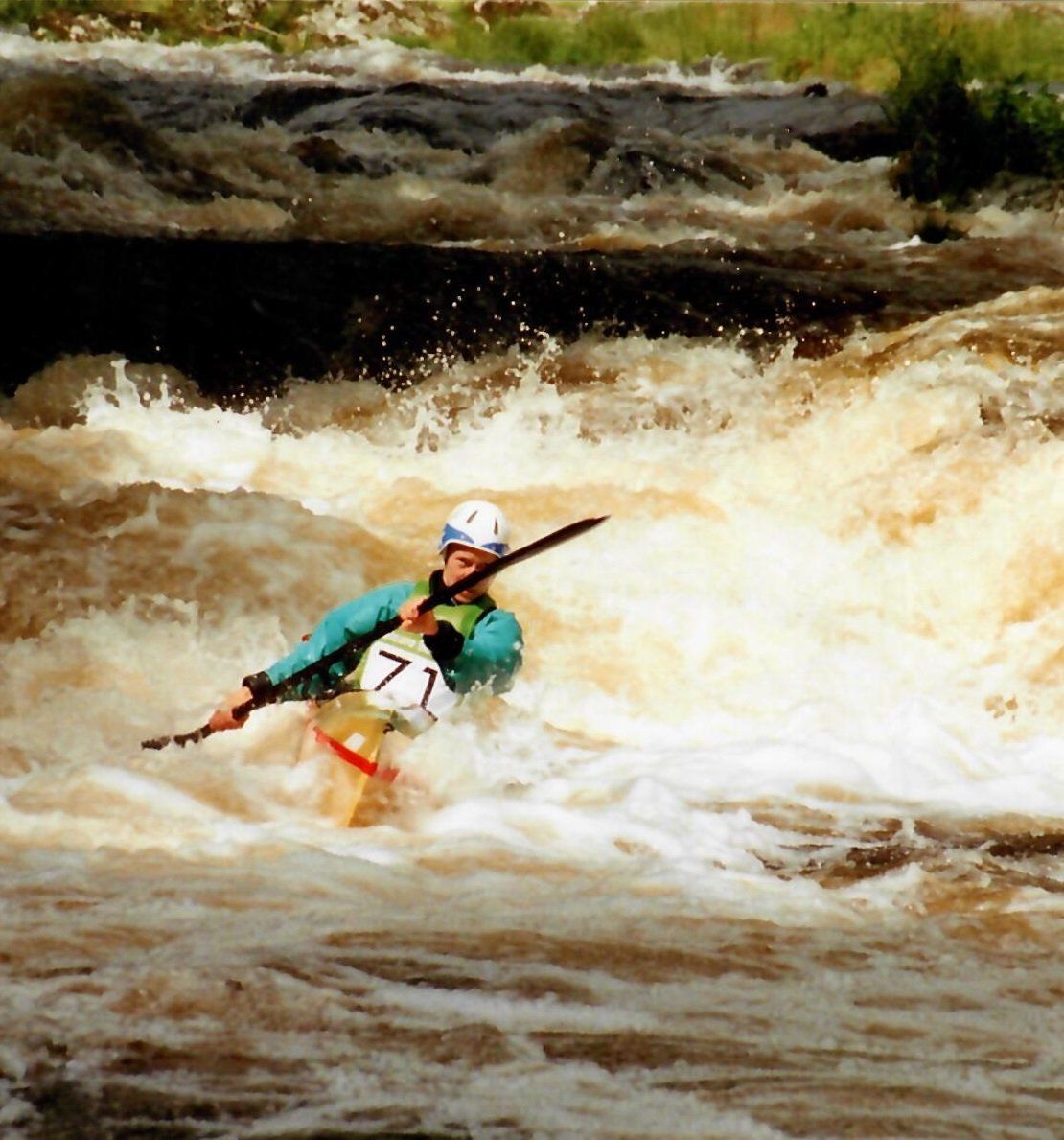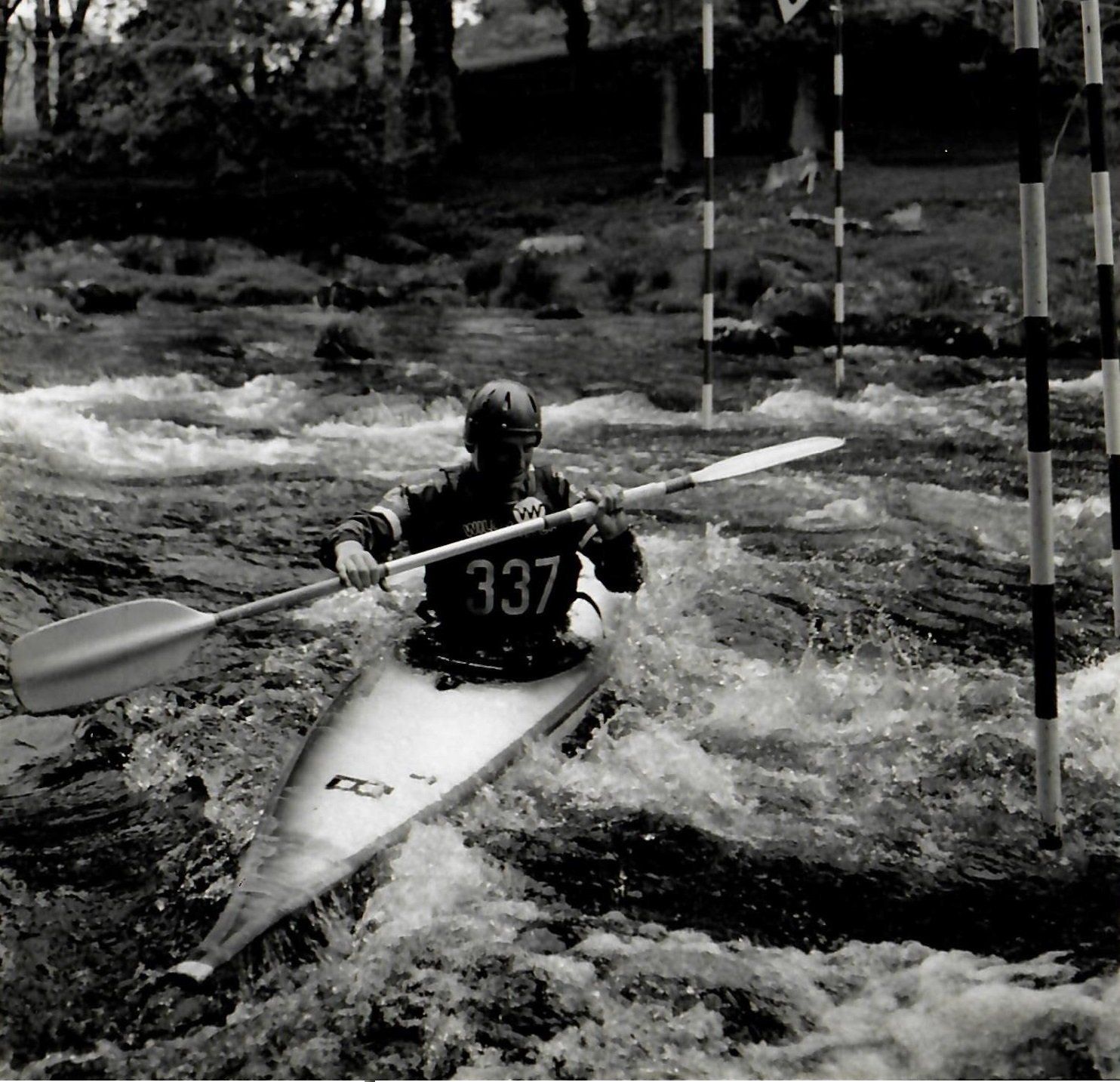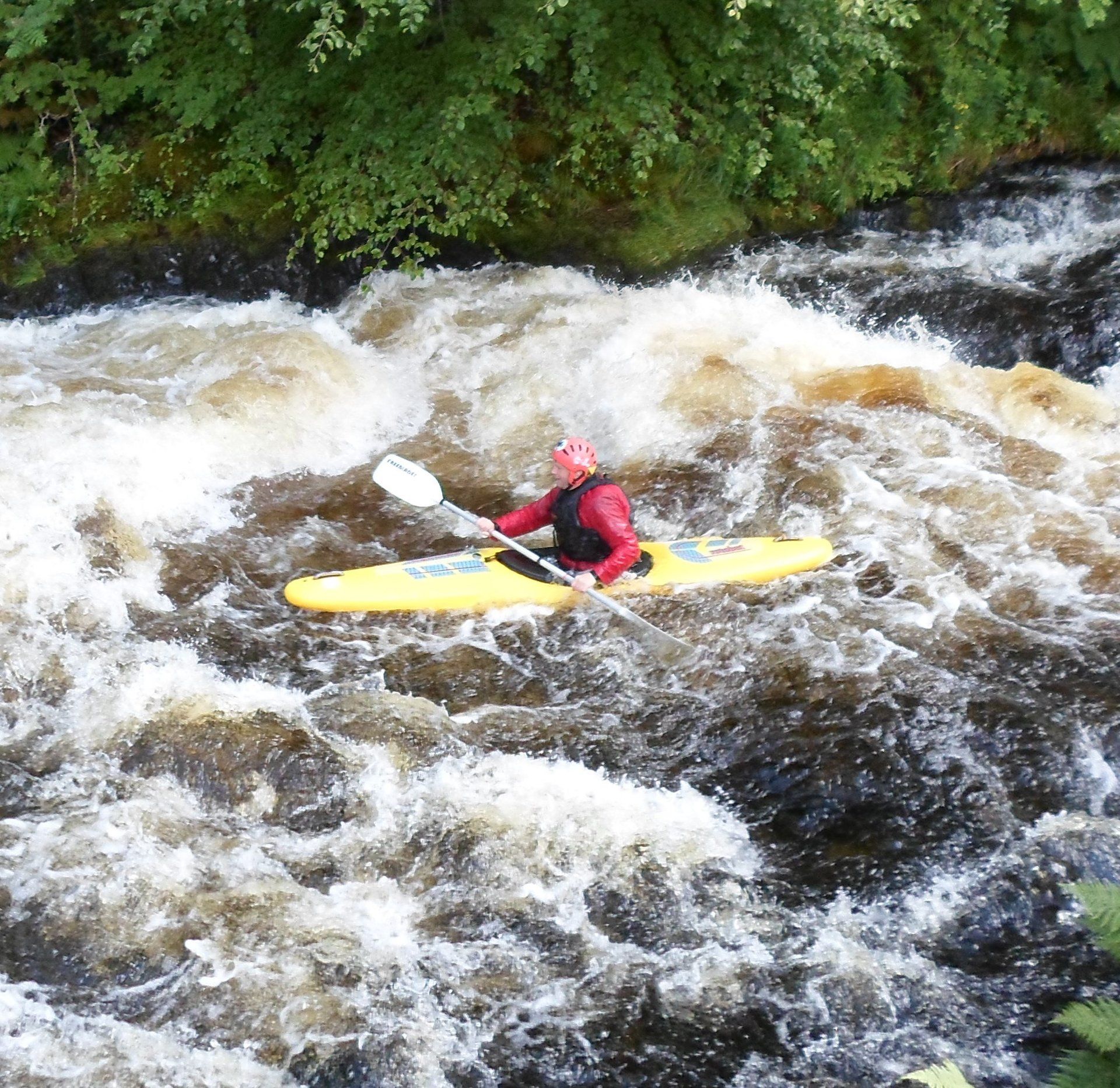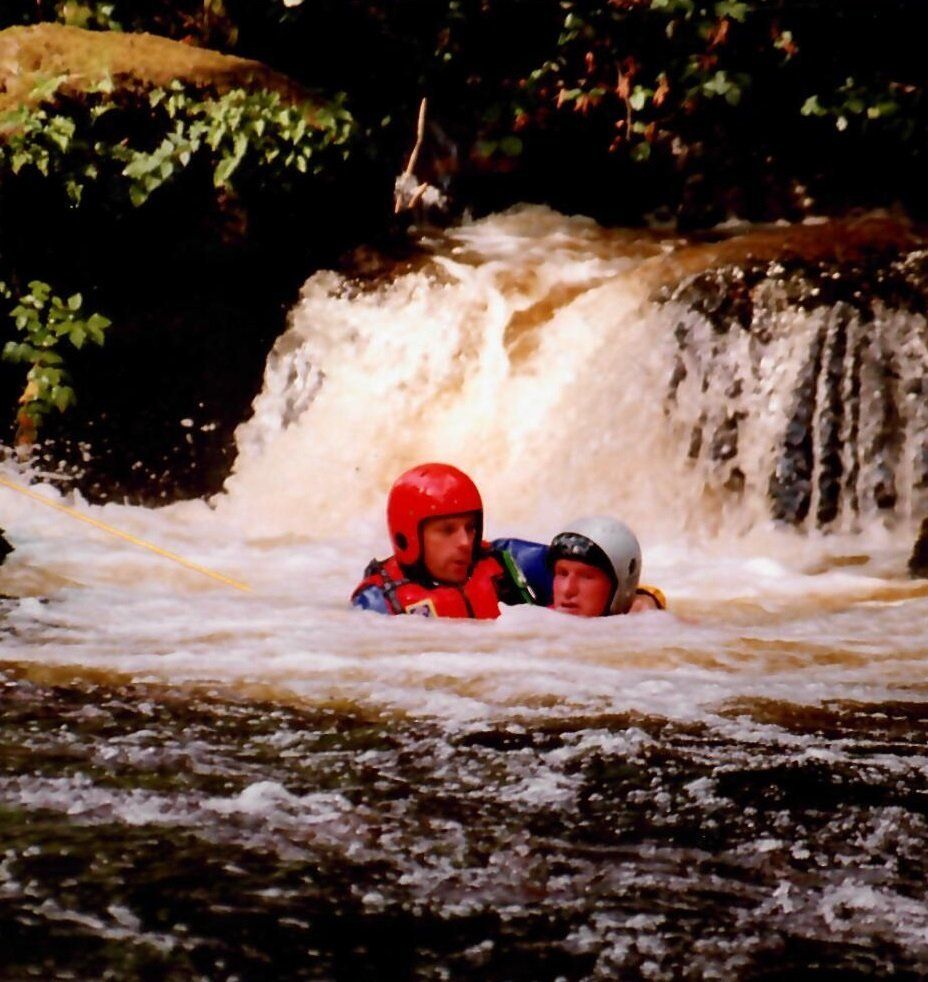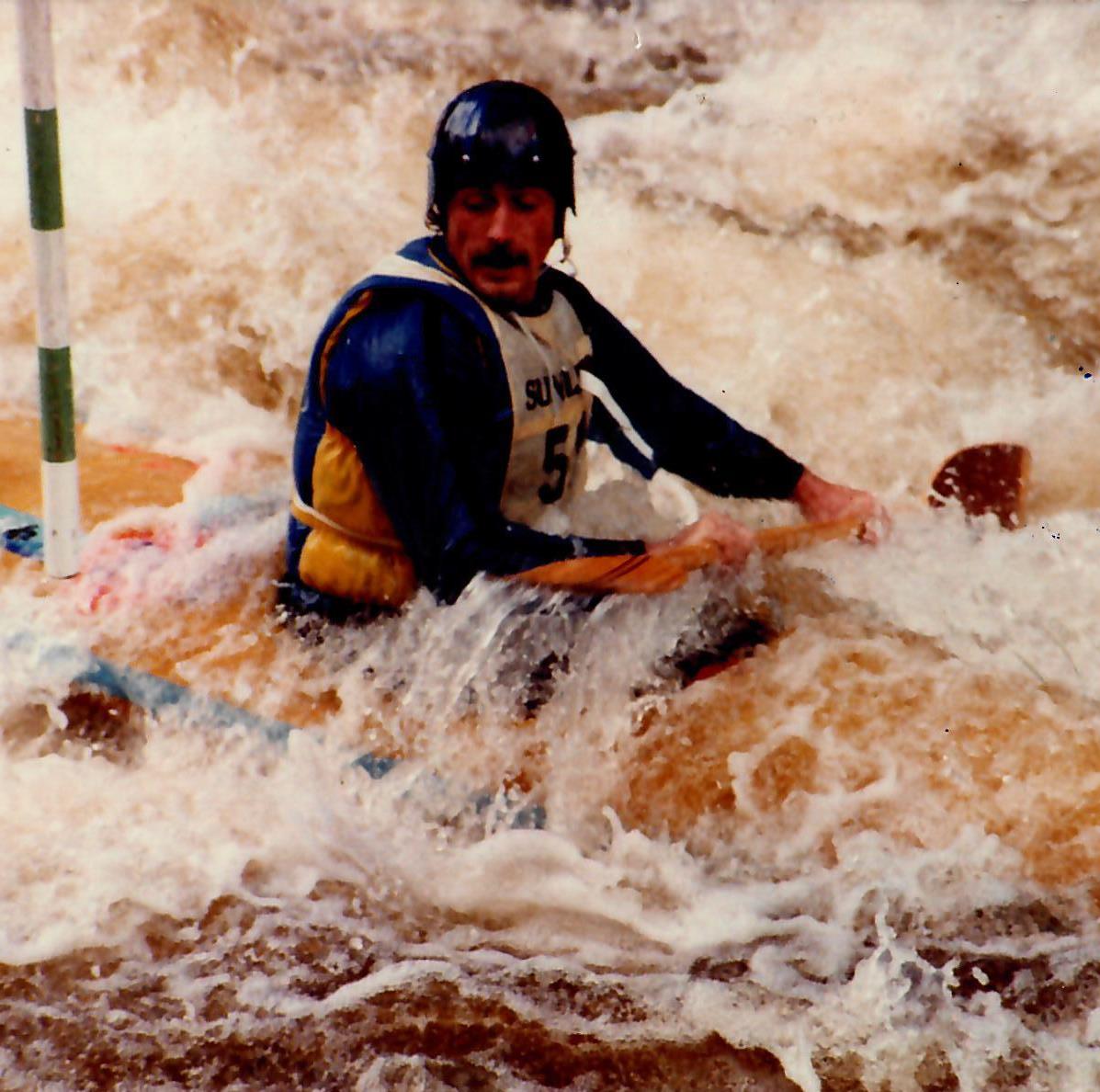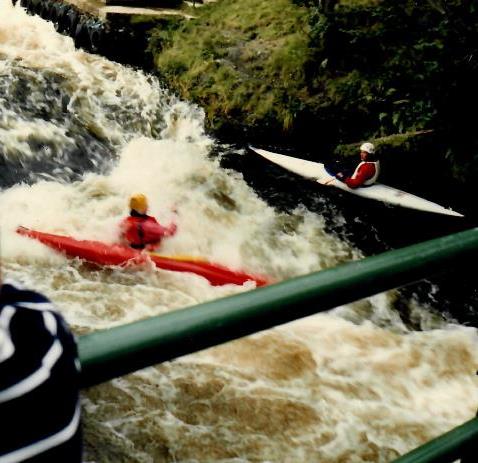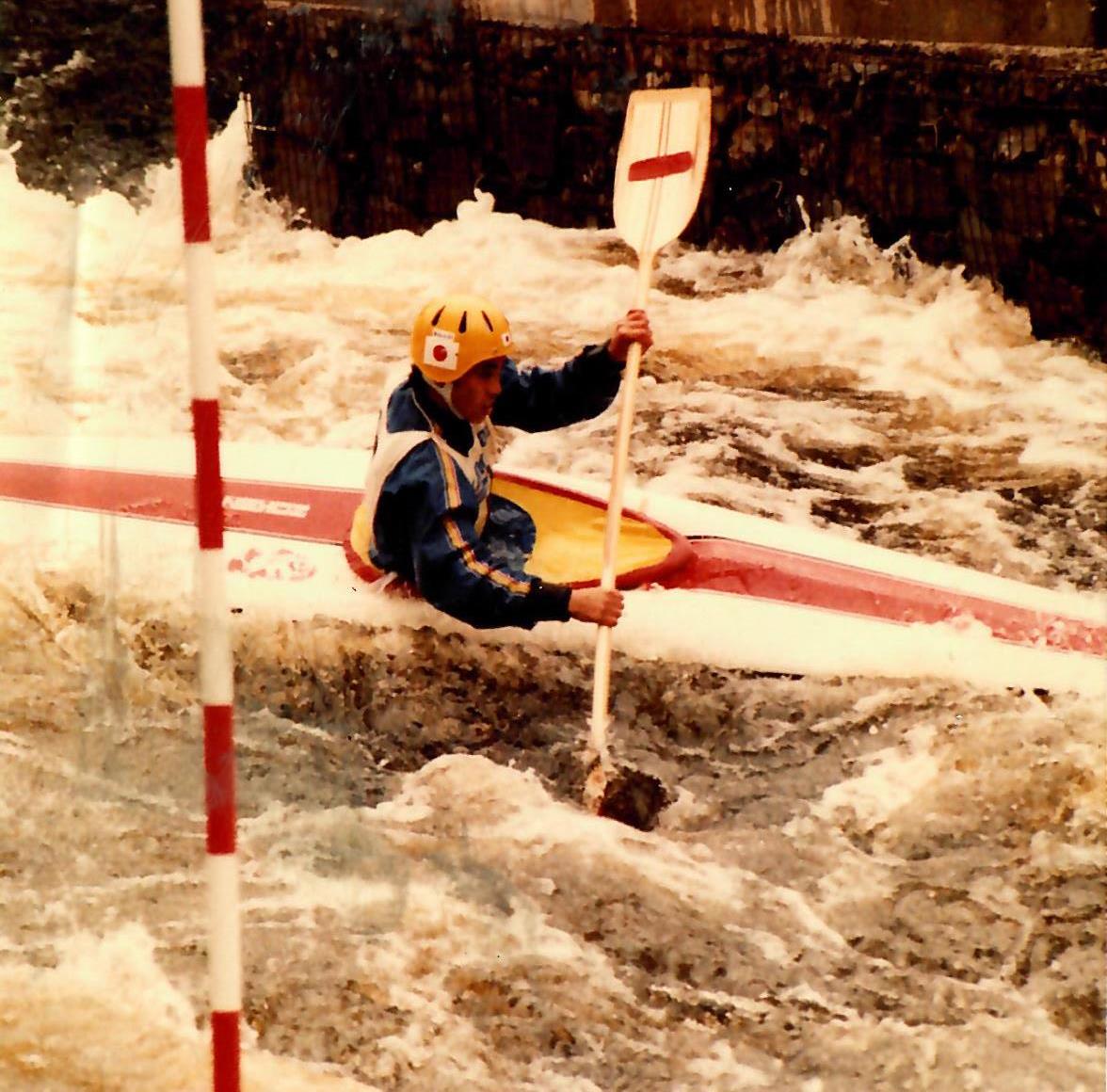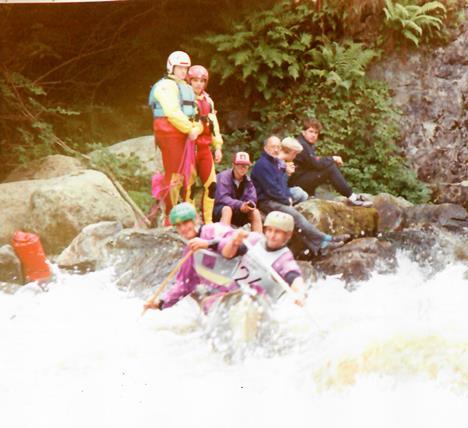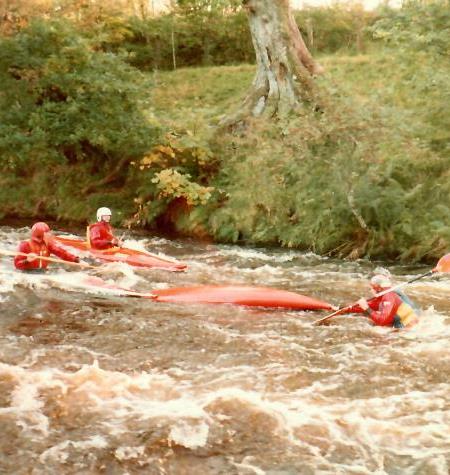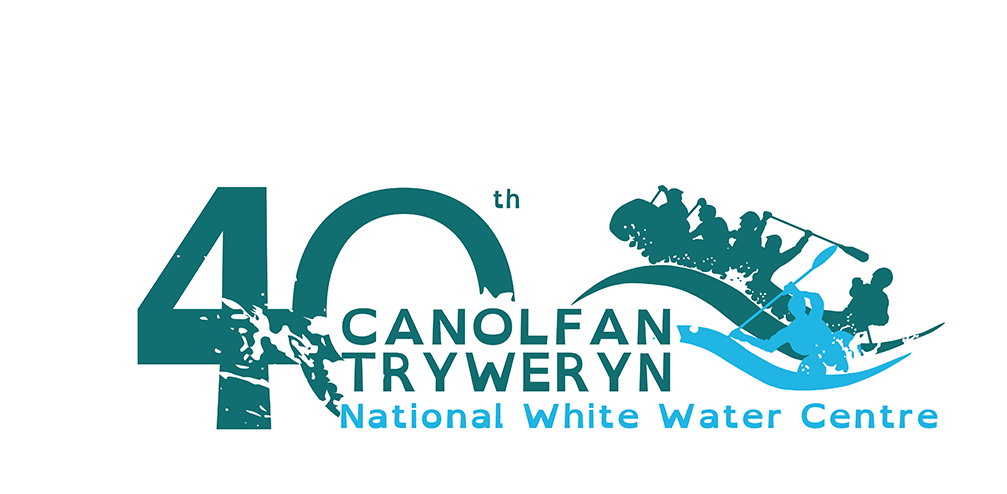HISTORY
HISTORY OF THE NATIONAL WHITE WATER CENTRE
SNOWDONIA NATIONAL PARK
The National White Water Centre is situated in Eryri (Snowdonia) National Park. The park first came into existence in October 1951, covering
837
square miles
and was the first designated National Park in Wales. When the Information Centre in Bala first opened in the 1960s, it attracted
1,500 visitors
in its first season.
LLYN CELYN
Ten years after the creation of Eryri (Snowdonia) National Park, construction began on Llyn Celyn reservoir. The reservoir was built for a number of reasons, one of which was to supply drinking water to the Chester to Liverpool area. Its creation involved the
damming of the River Tryweryn
resulting in the flooding of Capel Celyn and adjacent farmland. The village was a strong-hold of Welsh culture and language and, with the reservoir appearing to provide no immediate benefit to the local community, the move was
strongly opposed
by inhabitants of Capel Celyn. In
1965 the village was flooded
and Llyn Celyn was created, covering more than 770 acres and destroying 12 farms. The reservoir is up to 43 metres deep and can hold up to
71,200 mega litres of water; this would take 91 days to empty on a constant 9 cumec release. In October 2005 Liverpool County Council issued a
formal apology
for the flooding of the village, which was met with mixed responses from the people involved.
PADDLESPORT AND THE CENTRE
It took less than 10 years for people to begin kayaking on the newly dammed River Tryweryn, and by the
mid 1970s
it was a popular destination for white water kayakers and canoeists. The Centre hosted its first
Canoeing World Championship
in 1981, and continues to hold events and international competitions. In 1983 the UK’s first commercial rafting
operation was set up on the Tryweryn and we continue to be Britain’s favourite white water rafting destination. The National White Water Centre building, on the banks of the River Tryweryn, was
officially opened in July 1995
by the Chairman of the Sports Council for Wales, Mr Ossie Wheatley.
